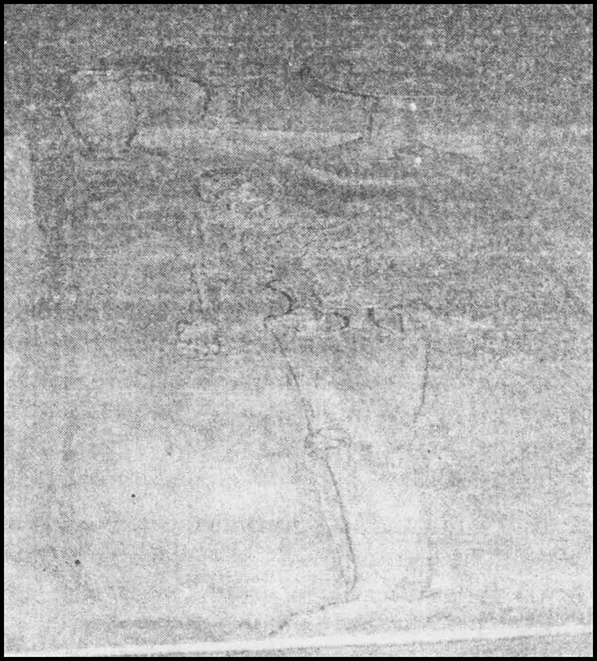Bricks, Beads And Bones
Write a short note on The Great Bath of Mohenjodaro.
The Great Bath:
(i) It is located at the citadel. It is a large rectangular tank surrounded by corridor on all four side, with flights of steps on the north and south leading into the tank.
(ii) The floor of the tank is water tight due to finely fitted bricks laid on edge with gypsum plaster and the side walls were constructed in a similar manner. To make the tank even more water tight, a thick layer of bitumen (natural tar) was laid along the sides of the tank and presumably also beneath the floor.
(iii) Across a lane to the north lay a smaller building with eight bathrooms, four on each side of a corridor, with drains from each bathroom connecting to a drain that ran along the corridor.
(iv) The unique structure, as well as the context in which it was found (the Citadel, with several distinctive buildings), has led scholars to suggest that it was meant for some kind of a special ritual bath.
Tips: -
V. Imp.
Sponsor Area
Some More Questions From Bricks, Beads And Bones Chapter
Would you agree that the drainage system in Harappan cities indicates town planning? Give reasons for your answer.
List the material used to make beads in the Harappan Civilisation. Describe the process by which one kind of bead was made.
Look at following fig. and describe what you see. How is the body placed? What are the objects placed near it? Are there any artefacts on the body? Do these indicate the sex of the skeleton?
Fig. A Harappan Burial
Describe some of the distinctive features of Mohenjodaro.
List the raw materials required for craft production in the Harappan Civilisation and discuss how these might have been obtained.
Discuss how archaeologists reconstruct the past.
Discuss the functions that may have been performed by rulers in Harappan society.
On given map, use a pencil to circle sites where evidence of agriculture has been recovered. Mark an X against sites where there is evidence of craft production and R against sites where raw materials were found.
Find out if there are any museums in your town. Visit one of them and write a report on any ten items, describing how old they are, where they were found and why you think they are on display.
Collect illustrations of ten things made of stone, metal and clay produced and used at present. Compare these with the pictures of the Harappan civilisation in this chapter, and discuss the similarities and differences that you find.
Mock Test Series
Sponsor Area
NCERT Book Store
NCERT Sample Papers
Sponsor Area